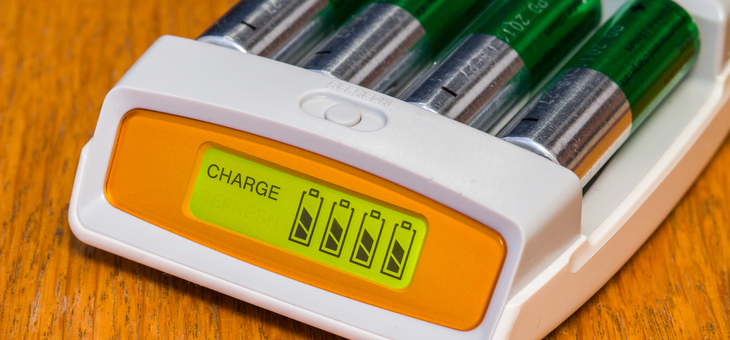Rechargeable batteries are great. Not only do they save you money by not constantly needing to be replaced, but they are a much better solution for the environment as well.
However, if you have ever sworn off buying rechargeable batteries because they have let you down, then you just might have purchased the wrong battery for the purpose you needed.
Unlike disposable batteries, rechargeable batteries are not all the same and it is important that you know the difference, so you understand what performance to expect.
Read more: Telstra to pay $25 million in refunds
What it all boils down to is the fact that all rechargeable batteries discharge whether they are in use or not.
If you are using the batteries in items that you use frequently you might not even notice that this is the case. However, if you look at using an item every now and then, you might be disappointed that it has no charge when you need it.
The process of self-discharging means that there are two types of rechargeable batteries – standard and low self-discharging (LSD).
Read more: Join the fight against serious financial crime
If you plan on using the batteries in devices that are not used that often, then you are best to purchase an LSD rechargeable battery.
An LSD rechargeable battery will hold onto its charge for longer when it is not in use, with some of the latest batteries on the market claiming to retain up to 85 per cent of their charge after 12 months of non-use.
For comparison, a standard rechargeable battery will lose at least 50 per cent of its charge over the same period.
Read more: Smart home gadgets
If you gave up on using rechargeable batteries years ago, it is worth noting that a lot has changed and is still changing.
Older rechargeable batteries self-discharge relatively rapidly and require charging before they are first used.
Not only do the newer batteries hold their charge for longer, they are typically sold factory-charged to about 70 per cent of their rated capacity, meaning you can use them straight away.
Chargers take from a few minutes to several hours to charge a battery.
Slow ‘dumb’ chargers without voltage or temperature-sensing capabilities will charge at a low rate, typically taking 14 hours or more to reach a full charge.
Rapid chargers can typically charge cells in two to five hours, depending on the model, with the fastest taking as little as 15 minutes.
Safety warning
If you see a rechargeable battery with lithium ion (Li-ion) as the main component be careful.
Standard rechargeable batteries contain nickel-metal hydride (NiMH) but won’t have the same capacity as the lithium ion battery promises.
However, most lithium ion batteries have a nominal voltage of 3.7V that will fry your electronic devices if they take normal AA batteries, which deliver around 1.2-1.5V.
Do you use rechargeable batteries? Were you aware that they are not all the same? Does this change your opinion of rechargeable batteries? Why not share your thoughts in the comments section below?
If you enjoy our content, don’t keep it to yourself. Share our free eNews with your friends and encourage them to sign up.

